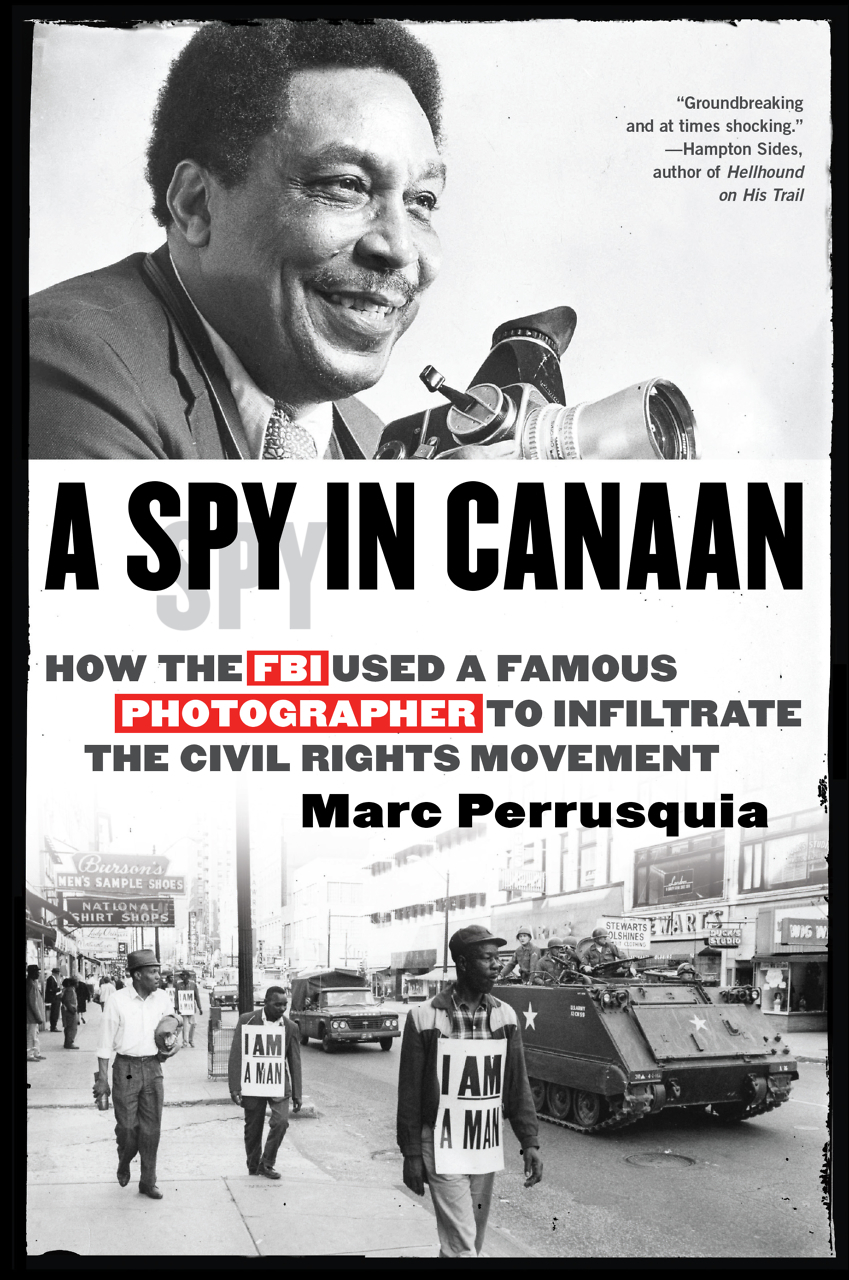Southern Culture Ad Absurdum
Between Wrecks, George Singleton’s new collection, pushes Southern stereotypes into comic territory
The first story in George Singleton’s new collection, Between Wrecks, features a protagonist named Stet Looper who has begun “a low-residency master’s degree program in southern culture studies” at Ole Miss-Taylor. This unprestigious course requires Stet, who appears in several stories, to interview characters from his home region, the Saluda River valley of South Carolina, and analyze the ways in which their stories reflect or problematize long-standing conventions of Southern mores and conduct. Fortunately for a writer in search of academic fodder, peculiar folks with bizarre tales are not hard to find. As one woman exclaims, “Good God, man, there’s a term paper a minute going on around you.”
 Indeed, Singleton’s entire book could be read as the fulfillment of Stet’s research, a study on trends in the modern South and how they diverge, or not, from the gothic standards established by literature of the previous century. If you know the South from characters in William Faulkner, Flannery O’Connor, and Eudora Welty, you will recognize their children and grandchildren among Singleton’s scoundrels, miscreants, and outcasts. His creations perpetuate the myth of Southern freakishness while also giving that lore new settings and preoccupations. “I’ve had profiles of a woman who thinks she met the devil working as a cemetery caretaker,” Stet reports, “and a man who thinks he can touch the image of a televangelist and make the guy ask people to send donations to the Human Society.”
Indeed, Singleton’s entire book could be read as the fulfillment of Stet’s research, a study on trends in the modern South and how they diverge, or not, from the gothic standards established by literature of the previous century. If you know the South from characters in William Faulkner, Flannery O’Connor, and Eudora Welty, you will recognize their children and grandchildren among Singleton’s scoundrels, miscreants, and outcasts. His creations perpetuate the myth of Southern freakishness while also giving that lore new settings and preoccupations. “I’ve had profiles of a woman who thinks she met the devil working as a cemetery caretaker,” Stet reports, “and a man who thinks he can touch the image of a televangelist and make the guy ask people to send donations to the Human Society.”
Stet’s professors expect him to find subjects that are as crooked as they are eccentric, and Stet has no trouble complying: “No matter how much I tried staying away from southern culture studies, I couldn’t help but notice a probable good scam,” he says. “And in southern culture studies, daily life pretty much depended on scams of one sort or another.” Several of the stories in Between Wrecks satisfy this requirement by portraying frauds of sundry stripes.
In “Traditional Development,” a character conceals the fact that he teaches literature to foreign-language students by maintaining the illusion that he “harvested marijuana on the banks of the Saluda in order to make ends meet, just like everyone did.” The barbed-wire dealer at the center of “Operation” destroys his neighbors’ fences by night so that he can attract their business by day. Employees at a rental-car company compete to see who can find the most bizarre and valuable items that customers leave behind in their vehicles—a sport that attracts the attention of local and federal-law enforcement agents when one of them filches a wooden box containing a severed human tongue.
 Stet Looper’s own family story includes details that fit into the tradition of recent Southern fiction from writers like Barry Hannah and Padgett Powell: the Looper family business, dredging river rock to sell to contractors, was inspired by a prescient talking mule who once told his grandfather, “Do not throw rocks in the river. Keep them in a pile. They shall be bought in time by those concerned with decorative landscaping, for walls and paths and flower beds.”
Stet Looper’s own family story includes details that fit into the tradition of recent Southern fiction from writers like Barry Hannah and Padgett Powell: the Looper family business, dredging river rock to sell to contractors, was inspired by a prescient talking mule who once told his grandfather, “Do not throw rocks in the river. Keep them in a pile. They shall be bought in time by those concerned with decorative landscaping, for walls and paths and flower beds.”
Stet is entrenched in the South, and yet he preserves an ironic distance from it. He consciously detaches himself from the conventional Southern patterns, deriding the stories that have “bloated the South for 150 years.” Readers will note, though, that when his wife leaves him for Minnesota, with the expressed intention of raising a child anywhere but in the South, he doesn’t follow her. Instead he stays in his hometown and continues to stockpile tales of oddballs and racists and tortured family dynamics.
While several of the longer pieces here achieve all the traditional elements of a well-constructed story, others are little more than vignettes that throw characters into strange situations and watch them squirm for a few pages. In “Vulture,” for example, a woman hires a private detective to learn whether her husband is having an affair when the husband in question is actually reading Faulkner at the local bar. Because it’s a piece of Singleton fiction, though, we are treated to the picture of the husband and the detective, Vonnie Coggins, drinking together while an old World Cup match plays to a drowsy, indifferent clientele at the bar.
What these shorter entries lack in narrative development, however, they make up for in comical shadings of character. In the title story, a woman steals rocks from Looper’s inventory for her own business in fabricated arrowheads, and then sends her college-age son, Stan (pronounced “stain”), to spend the afternoon with Looper. Perhaps she wants Stet to become the young man’s father figure; perhaps she wants Stet to talk him out of his dream of becoming a stand-up comic; perhaps she wants Stet to write his master’s thesis on her “fake arrowhead empire,” as she puts it; or perhaps she has romantic designs on Stet.
Between Wrecks concludes with “I Would Be Remiss,” a story that serves as the Acknowledgements page to Stet’s master’s thesis, No Cover Available: The Story of Columbus Choice, African-American Sushi Chef. (The fictional subject of the book, who met a violent end at the hands of two racist brothers, was Tennessee’s first and maybe only black owner of a sushi restaurant.) In it, Stet thanks everyone from Columbus Choice’s family to his own unfaithful ex-wife to his fellow low-residency master’s students to Frederick Exley and the Library of Congress. This eighty-page story is by turns hilarious, disturbing, and thought-provoking, an apt conclusion to a weird and wonderful collection.

Sean Kinch grew up in Austin and attended Stanford University as an undergraduate. He later returned to Austin, where he earned a Ph.D. in modern fiction from the University of Texas. He now teaches English at Montgomery Bell Academy in Nashville.


